The valve angle-torque correlation plays a critical role in hydrodynamic systems. It describes how the torque required to operate a valve changes with its opening position. This relationship is essential for optimizing system performance and ensuring energy efficiency. Studies show that as a butterfly valve opens from 0 to 90 degrees, the torque varies significantly, especially at mid-open positions. Computational fluid dynamics (CFD) simulations and empirical formulas, such as those in the AWWA C504 standard, confirm this dynamic relationship. Understanding how the valve opening position impacts torque is vital for designing efficient and reliable systems.
Key Takeaways
-
Knowing how much a valve opens is key to guessing torque needs in water systems.
-
Torque changes a lot with valve position, highest at half-open, affecting how well the system works.
-
Picking the right valve shape and materials lowers torque and makes it last longer.
-
Using computer tools like CFD helps engineers make valves work better and save energy.
-
Taking care of valves and using smart tools can make them last longer and work better.
Key Concepts in Valve Angle-Torque Correlation
Defining Valve Opening Angle
The valve opening angle refers to the degree of rotation or displacement of a valve’s disk or gate from its fully closed position. This angle determines the extent to which the valve allows fluid to pass through. For instance, a butterfly valve rotates its disk from 0° (closed) to 90° (fully open). The opening angle directly impacts flow dynamics, influencing parameters like pressure drop and fluid velocity. Engineers use this angle to calculate operational characteristics, including torque requirements, ensuring optimal system performance.
Understanding Hydrodynamic Torque
Hydrodynamic torque arises from fluid forces acting on the valve’s moving parts, such as the disk or gate. These forces depend on factors like valve geometry, flow direction, and pressure variations. The hydrodynamic torque coefficient plays a critical role in quantifying this relationship. It helps engineers predict torque under different operating conditions.
Key characteristics of hydrodynamic torque include:
-
Induction by fluid forces: Fluid flow exerts pressure and shear forces on the valve’s surface, generating torque.
-
Dependence on valve design: Geometric features, such as disk shape and size, influence torque behavior.
-
Impact of opening position: Torque varies significantly with the valve’s angle, peaking at mid-open positions.
-
Influence of pressure drop: A higher pressure drop across the valve increases hydrodynamic torque.
|
Characteristic |
Description |
|---|---|
|
Valve Design |
Influences hydrodynamic torque based on geometric features. |
|
Valve Opening Position |
Affects the torque due to changes in flow dynamics. |
|
Pressure Drop |
Directly related to the hydrodynamic torque experienced. |
|
Flow Direction |
Important for offset valves, impacting torque calculations. |
Importance of Valve Angle-Torque Correlation in Hydrodynamic Systems
The valve angle-torque correlation is essential for designing efficient hydrodynamic systems. It ensures that valves operate smoothly under varying flow conditions. By understanding this relationship, engineers can optimize valve designs to minimize energy consumption and enhance durability. For example, butterfly valves experience peak torque at specific angles, requiring careful consideration during system design. Accurate torque predictions also prevent mechanical failures, reducing maintenance costs and downtime. This correlation ultimately supports the development of reliable and cost-effective hydrodynamic systems.
Factors Affecting Torque in Hydrodynamic Systems
Influence of Valve Geometry and Disk Shape
Valve geometry and disk shape play a pivotal role in determining hydrodynamic torque. The angles of the upstream and downstream valve disks significantly influence the torque experienced during operation. Studies reveal that the combined effect of these angles is critical for understanding the valve’s operating characteristics. While the orientation and spacing of the disks have a secondary impact, they still contribute to the overall torque behavior.
For large-size valves, traditional torque calculation methods often fail to account for hydrodynamic effects. This oversight can lead to inaccurate predictions, especially in dynamic conditions. Computational Fluid Dynamics (CFD) has emerged as a reliable tool for assessing dynamic valve torque under varying disk opening angles. Additionally, research conducted by the U.S. NRC/INEL highlights that variations in disk shape and upstream piping configurations can significantly alter torque requirements. This underscores the importance of precise valve design to ensure accurate torque predictions and efficient system performance.
Role of Surface Roughness and Material Properties
Surface roughness and material properties directly affect flow-induced torque. A smoother valve surface reduces friction between the fluid and the valve, leading to lower torque requirements. Conversely, rough surfaces increase resistance, amplifying the torque needed to operate the valve. Material properties, such as elasticity and strength, also influence how the valve responds to fluid forces. For example, a valve made from a flexible material may deform slightly under pressure, altering the torque characteristics.
Engineers must carefully select materials and finishes to balance durability and performance. In high-pressure systems, materials with superior strength and corrosion resistance are essential to withstand the forces exerted by the fluid. Proper surface treatment, such as polishing or coating, can further optimize torque efficiency by minimizing flow resistance.
Impact of Pressure Variations and Flow Dynamics
Pressure variations and flow dynamics significantly impact hydrodynamic torque. When fluid flows through a valve, changes in pressure across the valve create forces that generate torque. A higher pressure drop typically results in increased torque. Flow dynamics, including velocity and turbulence, also play a crucial role. Faster fluid velocities exert greater forces on the valve’s surface, increasing the torque required for operation.
The interaction between pressure and flow dynamics becomes more complex in systems with varying operating conditions. For instance, compressible fluids like gases behave differently from incompressible fluids like water. Engineers must account for these differences when designing valves to ensure accurate torque predictions. By understanding the relationship between pressure, flow, and torque, designers can create systems that operate efficiently under diverse conditions.
Interaction Between Fluid Velocity and Valve Position
Fluid velocity plays a critical role in determining the torque required to operate a valve. As the valve position changes, the velocity of the fluid passing through it also varies. This interaction directly influences the forces acting on the valve’s surface, which engineers must consider when designing hydrodynamic systems.
When a valve is partially open, the fluid velocity increases due to the reduced flow area. This higher velocity generates greater dynamic pressure, which exerts additional force on the valve’s disk or gate. The resulting torque often peaks at mid-open positions, where the fluid flow is most turbulent. Engineers must account for this behavior to ensure the valve operates efficiently under varying conditions.
In fully open positions, the fluid flows more smoothly, reducing the torque required to maintain the valve’s position. Conversely, in nearly closed positions, the restricted flow creates pressure imbalances that can also increase torque. These variations highlight the importance of understanding the relationship between fluid velocity and valve position.
Designers often use computational fluid dynamics (CFD) simulations to analyze this interaction. CFD models help predict how changes in valve position affect fluid velocity and torque. By studying these patterns, engineers can optimize valve designs to minimize energy consumption and improve system performance.
Tip: Proper valve positioning not only reduces torque requirements but also extends the lifespan of the valve by minimizing wear and tear caused by excessive forces.
Understanding the interaction between fluid velocity and valve position is essential for creating efficient and reliable hydrodynamic systems. This knowledge allows engineers to design valves that perform well under diverse operating conditions.
Analysis Methods for Valve Angle-Torque Correlation
Empirical Formulas and Standards
Overview of AWWA C504 Standards
The AWWA C504 standard provides a foundational framework for understanding the relationship between valve angle and torque. It outlines empirical formulas that calculate dynamic torque based on the disk angle, offering engineers a reliable method for torque analysis. This standard emphasizes the role of hydrodynamic torque in valve design, a factor often overlooked in other approaches. The recommendations within the standard are particularly useful for butterfly valves, where the correlation between torque and disk angle is critical. Engineers frequently compare these empirical relationships with results from computational fluid dynamics (CFD) studies to validate their accuracy.
Common Empirical Models for Torque Analysis
Empirical models play a vital role in torque analysis by offering simplified equations to predict torque behavior. The AWWA C504 standard remains one of the most widely used references in this domain. It highlights how dynamic torque varies with the valve’s opening angle, providing a practical tool for engineers. These models, while effective, are subject to specific conditions, such as flow dynamics and pressure variations, which can limit their applicability in complex systems. Engineers often use these formulas as a starting point before employing more advanced methods like CFD simulations.
Computational Fluid Dynamics (CFD) Simulations
Advantages of CFD in Torque Analysis
CFD simulations have revolutionized torque analysis by enabling engineers to study complex fluid dynamics without relying on physical prototypes. This method predicts flow coefficients and identifies design shortcomings under various operating conditions. CFD also allows for the precise modeling of dynamic torque, streamlining the design process. Autonomous CFD technology further enhances efficiency by automating simulation tasks. These advantages make CFD an indispensable tool for analyzing valve angle-torque correlations in modern hydrodynamic systems.
Key Parameters for CFD Modeling
Accurate CFD modeling requires careful consideration of several parameters. Engineers must account for valve design, opening position, and pressure drop to ensure reliable results. Flow direction, particularly for offset valves, significantly impacts torque predictions. Other critical factors include the hydrodynamic torque coefficient, dynamic torque coefficient, and flow coefficients derived from simulations. By incorporating these parameters, CFD provides a comprehensive analysis of how fluid forces interact with valve components.
Experimental Testing and Validation
Laboratory Techniques for Torque Measurement
Experimental testing remains a cornerstone of torque analysis. Laboratory techniques involve measuring torque under controlled conditions to validate theoretical models and CFD simulations. Engineers use specialized equipment to assess how fluid forces impact valve operation at various angles. These tests provide valuable insights into real-world performance, ensuring that theoretical predictions align with practical outcomes.
Comparing Experimental and Simulation Results
Comparing experimental data with CFD results is essential for validating torque analysis methods. Discrepancies between the two often highlight areas where models need refinement. Engineers use this comparison to improve the accuracy of both empirical formulas and CFD simulations. This iterative process ensures that valve designs meet performance expectations while minimizing energy consumption and mechanical wear.
Note: Combining empirical models, CFD simulations, and experimental testing offers a holistic approach to torque analysis. This integration enables engineers to design valves that perform efficiently under diverse conditions.
Case Studies: Real-World Applications of Valve Angle Analysis
Torque Behavior in Butterfly Valves
Butterfly valves exhibit distinct torque behaviors under varying flow conditions. The hydrodynamic torque coefficient (Cdt) increases at higher opening angles when the flow direction is shaft-sided. This creates a stronger closing force, which enhances safety in critical applications. On the other hand, seat-sided flow direction results in negative torque at larger angles. This reduces the total torque required to keep the valve open, enabling the use of smaller, cost-effective actuators.
The upstream and downstream disk angles also influence torque characteristics. The upstream angle has a significant impact on hydrodynamic torque, while the downstream angle plays a supporting role. Additionally, the relative orientation and spacing between valves affect overall torque behavior, though these factors are secondary. Understanding these dynamics helps engineers design systems that balance safety, efficiency, and cost.
Optimizing Torque in Pumping Systems
Pumping systems rely heavily on efficient valve operation to maintain performance. Butterfly valves, commonly used in these systems, require precise torque management to ensure smooth operation. Engineers often optimize torque by adjusting valve geometry and flow direction. For example, selecting a seat-sided flow direction can minimize torque at higher opening angles, reducing energy consumption.
Computational fluid dynamics (CFD) simulations play a key role in optimizing torque. These simulations allow engineers to predict how changes in valve position and flow dynamics affect torque. By analyzing these patterns, designers can create systems that operate efficiently under varying conditions. Proper torque optimization not only improves energy efficiency but also extends the lifespan of pumping equipment.
Lessons from Practical Applications
Real-world applications highlight the importance of understanding valve angle-torque relationships. In safety-critical systems, butterfly valves with shaft-sided flow direction provide a fail-safe mechanism by increasing closing torque at higher angles. This feature is particularly useful in emergency shutdown scenarios. Conversely, systems prioritizing energy efficiency benefit from seat-sided flow direction, which reduces actuator size and cost.
Practical studies also emphasize the need for accurate torque predictions. Engineers must consider factors like disk angles, flow direction, and pressure variations to ensure reliable performance. Combining empirical models, CFD simulations, and experimental testing provides a comprehensive approach to valve design. These lessons underscore the value of integrating theoretical knowledge with practical insights to develop efficient and durable systems.
Implications for Design and Optimization
Strategies for Torque-Efficient Valve Design
Torque-efficient valve design requires a focus on reducing operational resistance while maintaining functionality. Engineers often achieve this by optimizing the geometry of valve components. For example, streamlined disk shapes minimize fluid resistance, reducing the torque needed for operation. Material selection also plays a key role. Lightweight yet durable materials, such as advanced composites, lower the energy required to move the valve while ensuring long-term reliability.
Another strategy involves incorporating flow analysis during the design phase. Computational fluid dynamics (CFD) simulations help identify areas of high resistance and turbulence. By addressing these issues early, designers can create valves that operate efficiently under varying conditions. Additionally, actuators paired with torque-efficient valves can further enhance performance by providing precise control with minimal energy consumption.
Tip: Regular maintenance and proper lubrication of valve components can also improve torque efficiency and extend the lifespan of the system.
Balancing Performance, Durability, and Cost
Effective valve design balances performance, durability, and cost. Advances in material science and mechanics enable engineers to design valves that are both efficient and cost-effective. For instance, lightweight designs reduce material usage without compromising performance. This approach minimizes production costs while maintaining durability.
The design process itself significantly impacts cost. Simplified structures and efficient assembly methods lower manufacturing expenses. Designers must also consider the quality of materials and components. High-quality valves reduce operational costs by minimizing maintenance and downtime. However, poor-quality valves can lead to increased after-sales service costs and damage a company’s reputation. Striking the right balance ensures competitive pricing and long-term reliability.
Future Trends in Valve Design and Torque Optimization
Future trends in valve design focus on integrating smart technologies and sustainable materials. Smart valves equipped with sensors can monitor torque in real time, providing valuable data for predictive maintenance. This reduces the risk of mechanical failure and improves system efficiency.
Sustainability is another key trend. The use of recyclable materials and energy-efficient manufacturing processes aligns with global efforts to reduce environmental impact. Additionally, advancements in CFD and artificial intelligence (AI) are transforming the design process. AI-driven simulations allow engineers to test multiple design iterations quickly, optimizing torque performance with minimal resource use.
These innovations promise to make valve systems more efficient, durable, and environmentally friendly. As technology evolves, engineers will continue to push the boundaries of what is possible in valve design.
The valve angle-torque correlation significantly influences the efficiency and reliability of hydrodynamic systems. Understanding this relationship allows engineers to predict torque behavior and optimize system performance. Key factors such as valve geometry, flow dynamics, and material properties play a crucial role in determining torque requirements. Analytical methods, including empirical models, CFD simulations, and experimental testing, provide valuable insights into these dynamics.
Optimizing valve design enhances system efficiency in several ways:
-
Selecting the correct valve size prevents excessive pressure drops and ensures smooth operation.
-
Advanced control algorithms improve performance by accounting for process variables.
-
Regular maintenance and calibration extend the valve’s lifespan, reducing operational costs.
Future research should focus on integrating smart technologies and sustainable materials into valve systems. Real-time torque monitoring and AI-driven simulations could revolutionize design processes, making systems more efficient and environmentally friendly. By advancing these techniques, engineers can continue to improve the performance and sustainability of hydrodynamic systems.





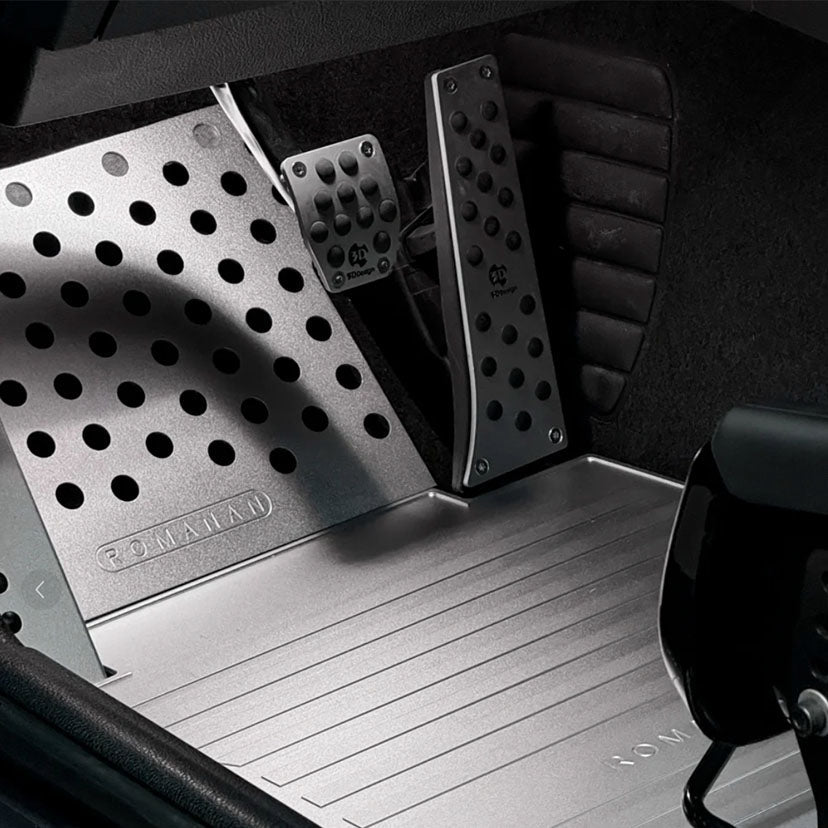
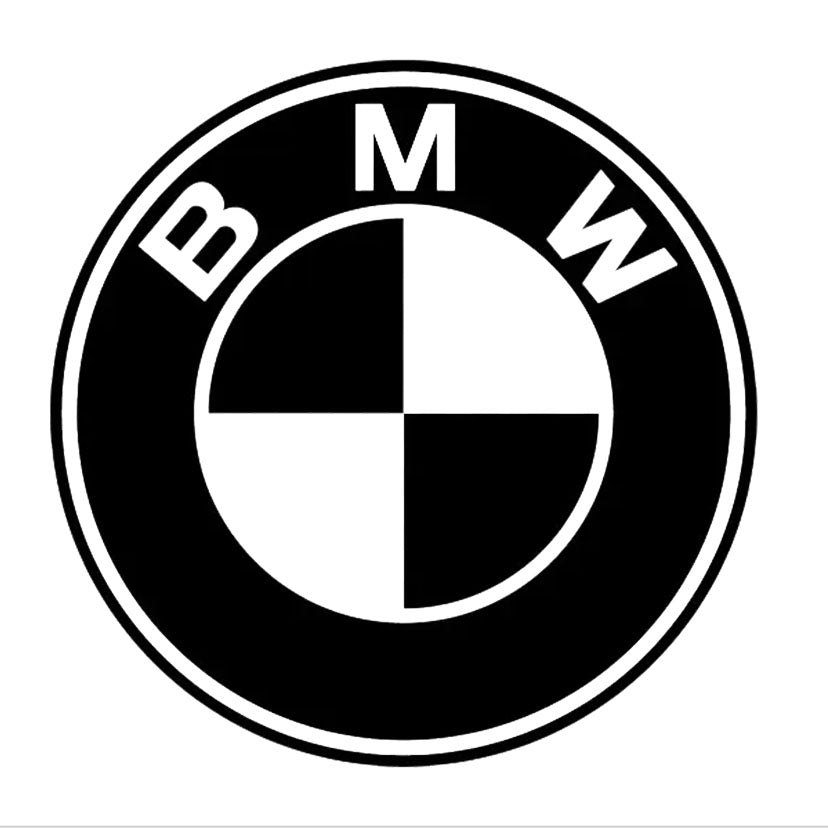

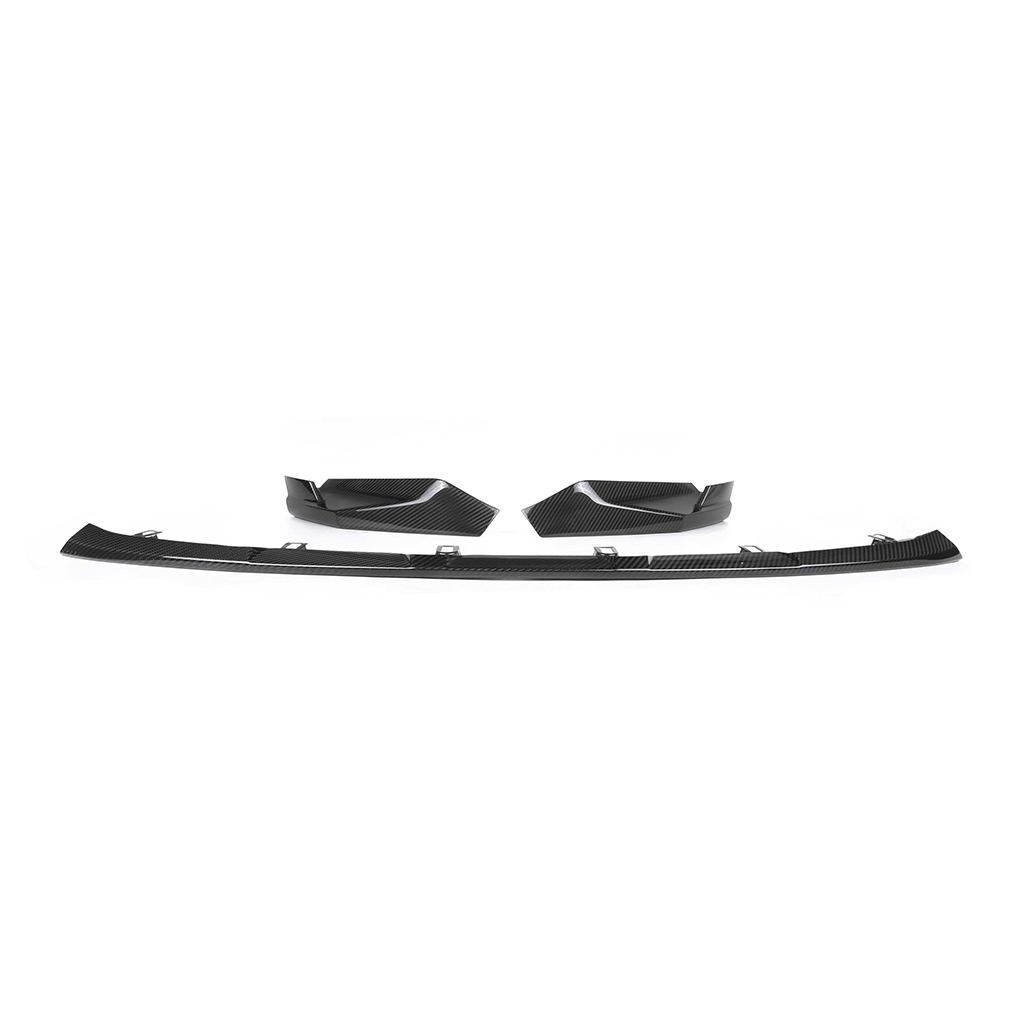
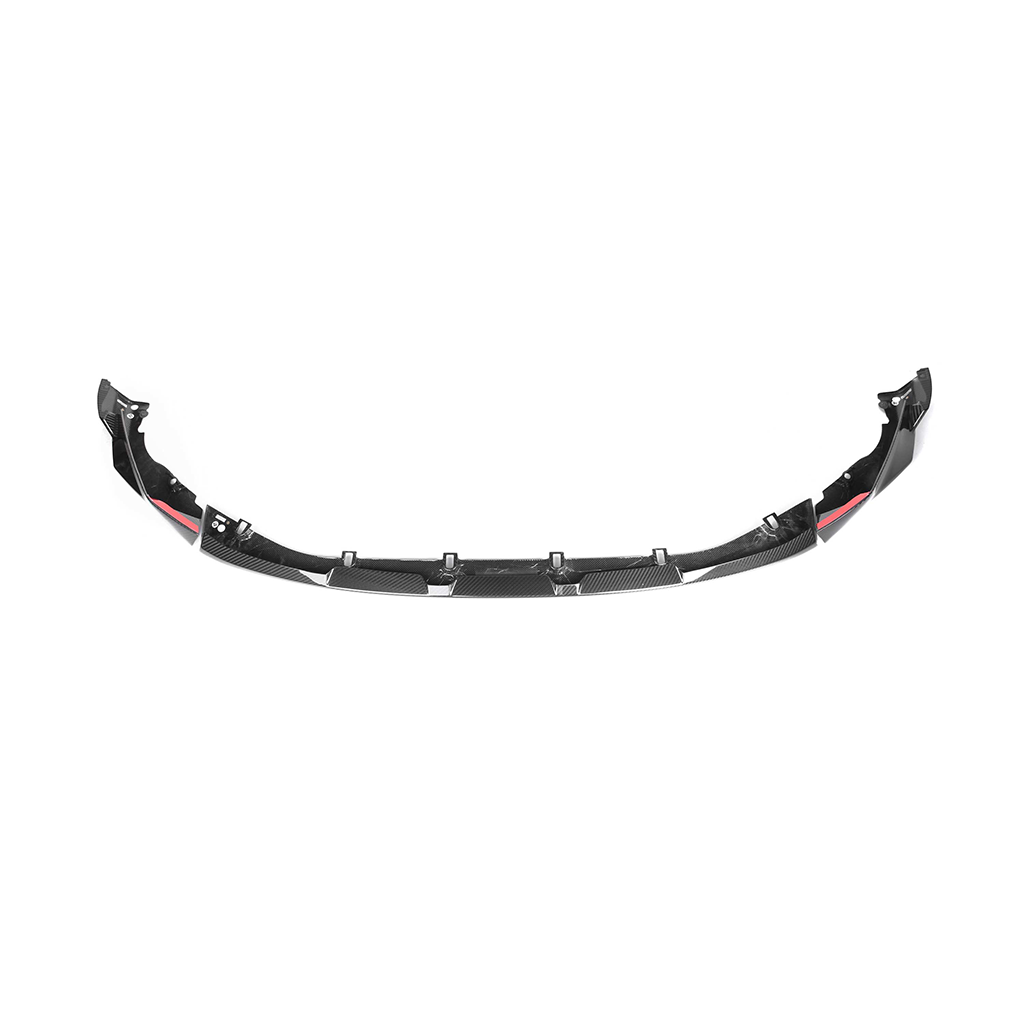
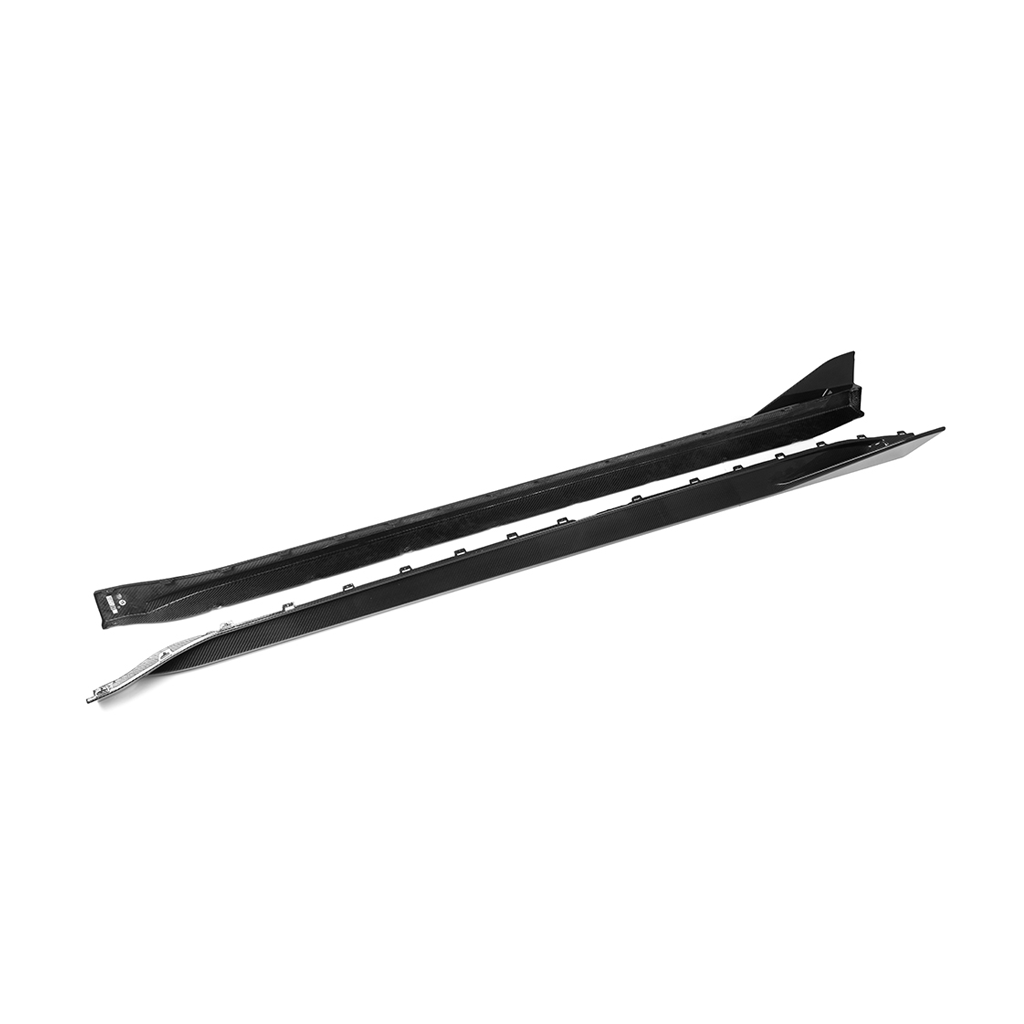
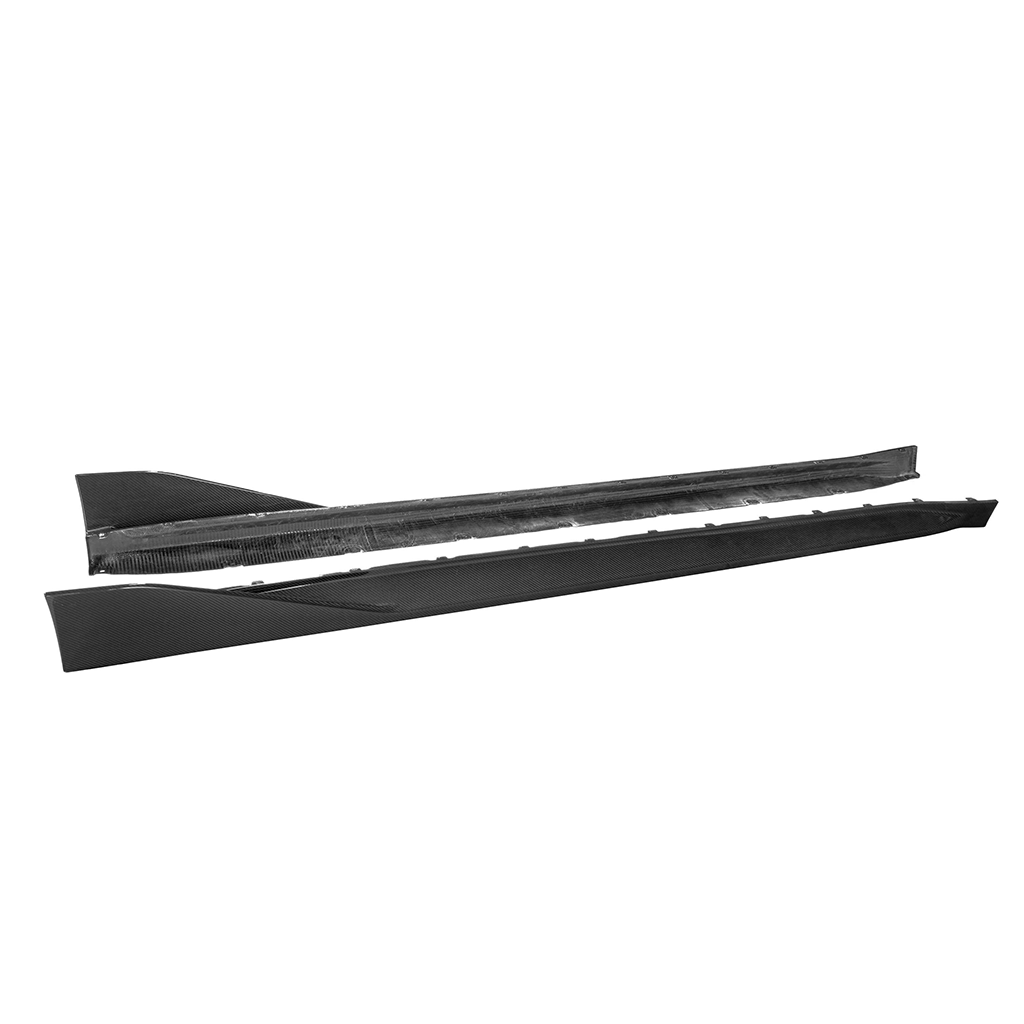




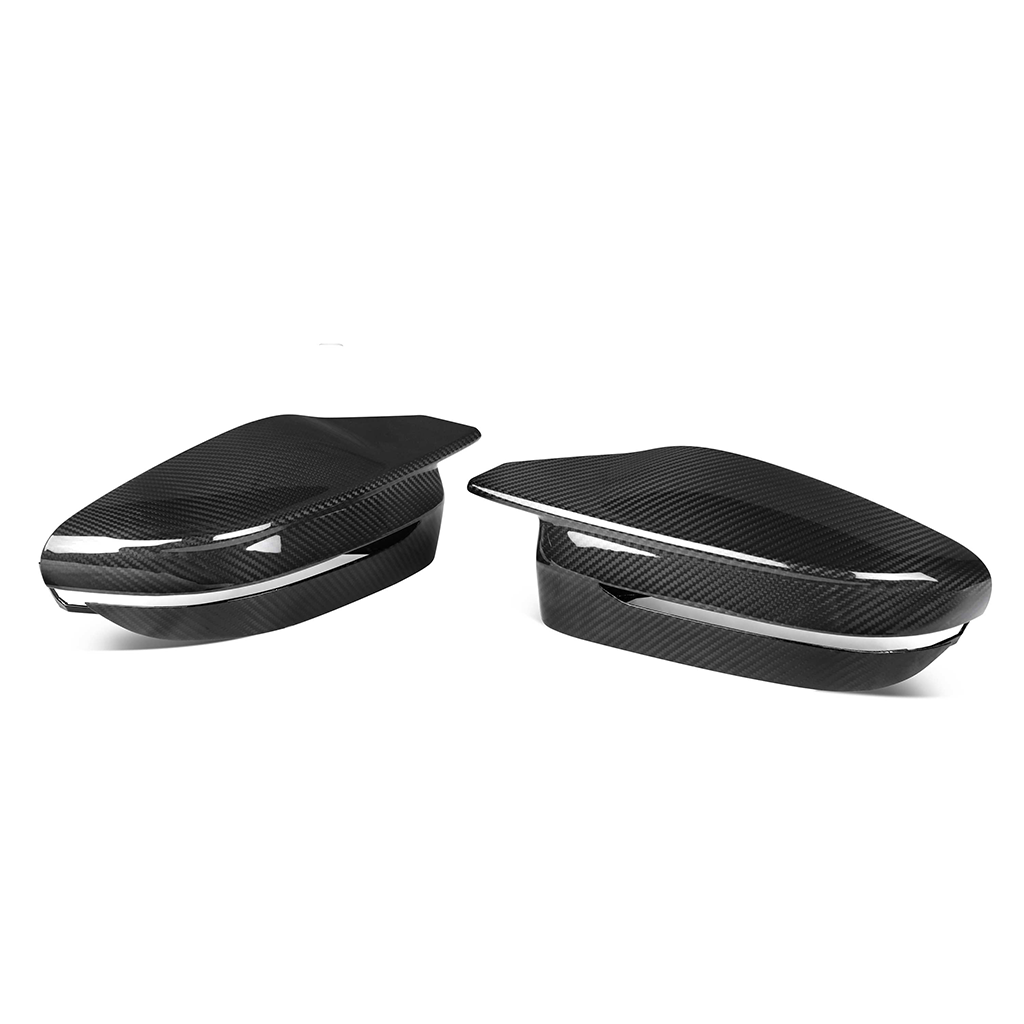
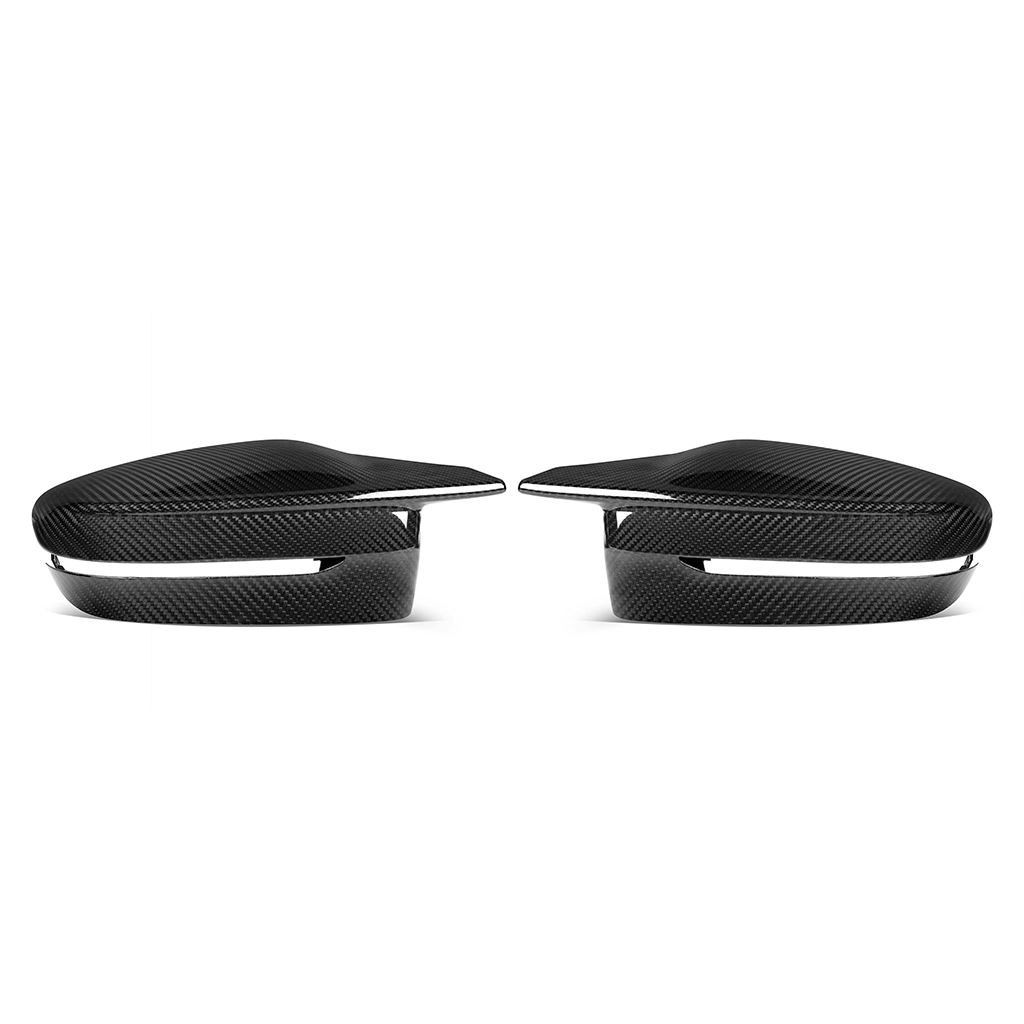
Share:
What Are Lightweight Carbon Fiber Engine Mounts and Why They Matter
How to Enhance the Response Rate of Remote Valve Actuators